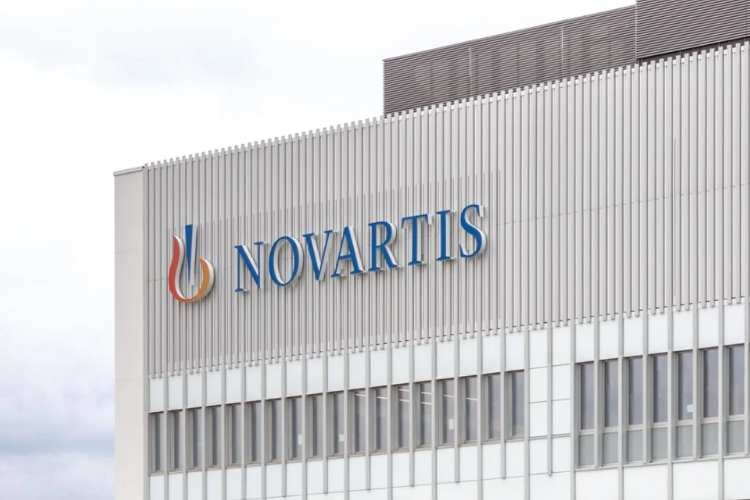Novartis is reportedly exploring the sale of a portion of its diagnostic radiopharmaceutical agents held under the Advanced Accelerator Applications (AAA) portfolio. These radiopharmaceutical agents involve pairing a radioactive marker with a binder designed to attach to specific proteins overexpressed by certain cancer cells, aiding in imaging and tumor delineation in various areas of the body, including the brain, prostate, and gastrointestinal system.
While Novartis is in the early stages of seeking potential buyers for its diagnostic agents, discussions are ongoing. The AAA division of Novartis not only markets diagnostic agents but also develops anti-cancer therapies using similar molecular binders. By substituting weaker radioactive isotopes with stronger ones, Novartis aims to transform precision diagnostic imaging agents into drugs capable of targeting and killing tumor cells.
Also Read: Novartis’ Iptacopan Impresses In Phase 3 Trial For Rare Kidney Disease
For instance, Novartis has two products in early development that target a protein found on the surface of cells associated with growing glioblastoma brain tumors. One utilizes a gamma-ray-emitting isotope of gallium, commonly used in diagnostic PET/CT scans, while the other employs lutetium-177, emitting damaging beta particles.
Lutetium-177 is also used in the therapeutic drug Lutathera, which Novartis recently positioned as a potential first-line treatment for gastroenteropancreatic neuroendocrine tumors (GEP-NETs) following a successful phase 3 trial. AAA has also received diagnostic approvals for several other agents, including Netspot and SomaKit for neuroendocrine tumors, Locametz for prostate cancer, and Gluscan for tracking glucose metabolism.
Novartis has been streamlining its operations in recent years, undergoing significant restructuring and spinning out its Sandoz generic drug division. In 2022, it divested five eye drugs to ophthalmic company Harrow and, in the summer of 2023, transferred dry eye disease eyedrop Xiidra and other assets to Bausch + Lomb in a $2.5 billion deal. Novartis originally acquired AAA, a spinout from CERN established in 2002, through a $3.9 billion deal in late 2017.
Also Read: Adlai Revives Novartis’ Abandoned Cancer Drug, Raises $57.5M In IPO To Fund Phase 3 Trial
The radiopharmaceutical sector has gained substantial investor interest, as seen with RayzeBio, a 2023 Fierce 15 winner, which raised approximately $418 million through venture capital rounds before going public with a $311 million IPO in September. RayzeBio’s lead therapeutic candidate also targets GEP-NETs using a similar binder to Novartis’ Lutathera but utilizes actinium-225, an isotope emitting more potent alpha particles capable of delivering significantly higher energy within a smaller radius.
In related news, Eli Lilly recently announced its $1.4 billion acquisition of Point Biopharma Global, entering the cancer radiopharmaceutical arena with a focus on metastatic castration-resistant prostate cancer and GEP-NETs.





























